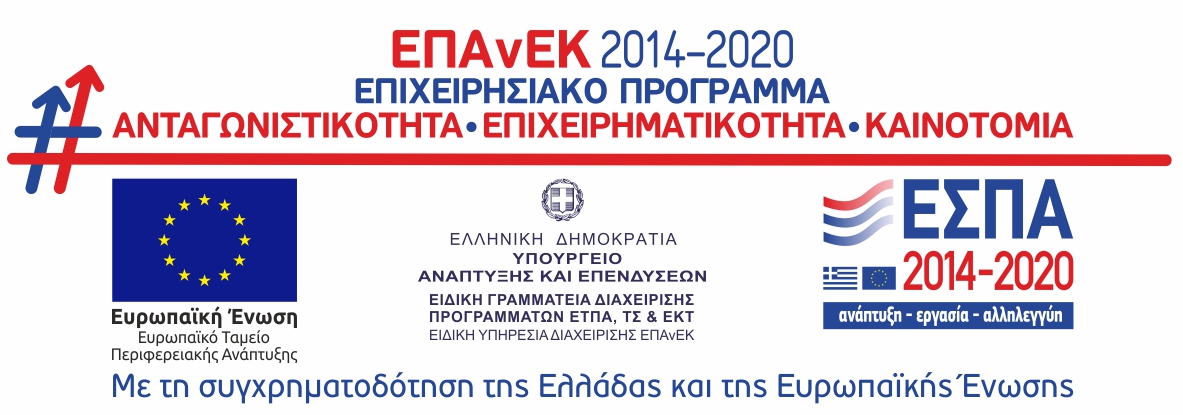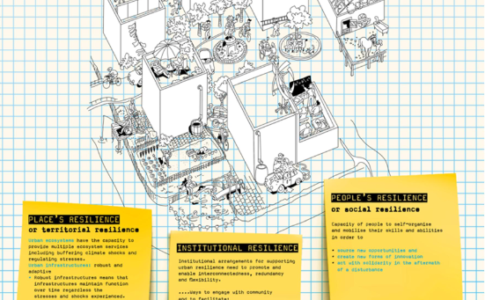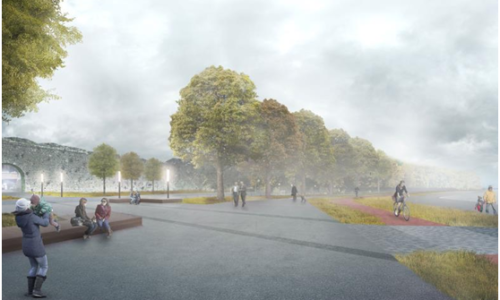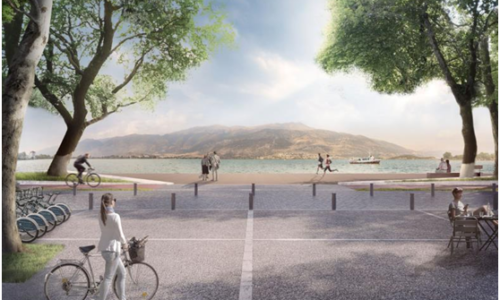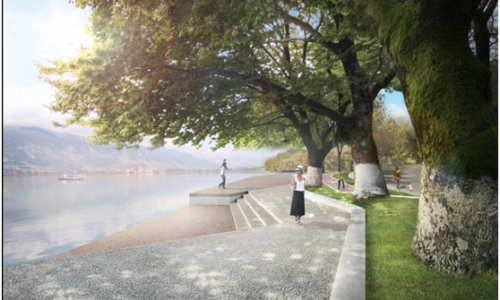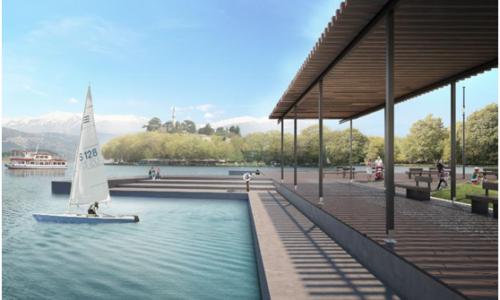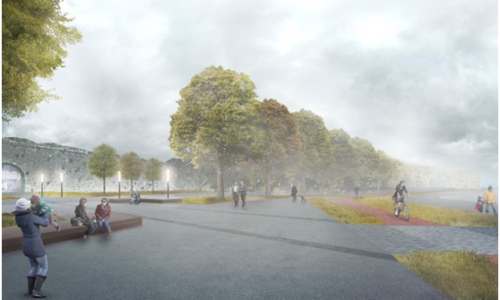Project summary
Cities are homes to the future. With more than 60% of world population living in cities, the focusis on how to make them more sustainable in terms of consumption, living conditions and socioenvironmental footprint. Europe is in general in a good position for developing the new toolsneeded for realising a positive transition to resilient and sustainable urban areas. Compared tomost other continents, the living standards are good, the decision- making processes are fairlyopen, and the level of knowledge is high. European demographics, though, i.e. ageingpopulations, represent a challenge to innovative transitions. However, these may be turned intoopportunities, since an ageing population due to gender differences in life expectancy results inincreased participation of women in decision-making. This growing segment of the populationmay likely be more willing to invest in green innovations that increase quality of life in return.
Improving city resilience
Becoming more resilient means that a city strives to enhance its ability to bounce back and grow even stronger and better in the face of the chronic stresses and acute shocks. As such, city resilience is a continuous challenge for individuals, communities, institutions, businesses and infrastructure systems to address current trends and future transitions. This Action Planning network looked at the challenges of achieving resilience in and of our cities in a comprehensive and holistic way, by applying the lessons from the innovative governance approach of Transition Management. This approach is a process-oriented and participatory steering that enables social learning through iterations between collective vision development and experimenting.
However, with no ‘100 new million-big cities in 20 years’ projects, which is the major focus for investment and driver of urban development in Asia, the Middle East and South America, Europehas to focus on projects of retrofitting, regeneration and redevelopment of existing cities. Thus,Europe needs new innovative income/jobs generating models and governance approaches. Weposition that urban resilience as a new concept and guidance principle can elucidate ways torestore, create and advance Europe’s cities for the future we want. As thus, new ways of thinkingof resilience of cities are required also including the on-going emerging and facilitated/plannedprocesses that contribute to this aspiration.

